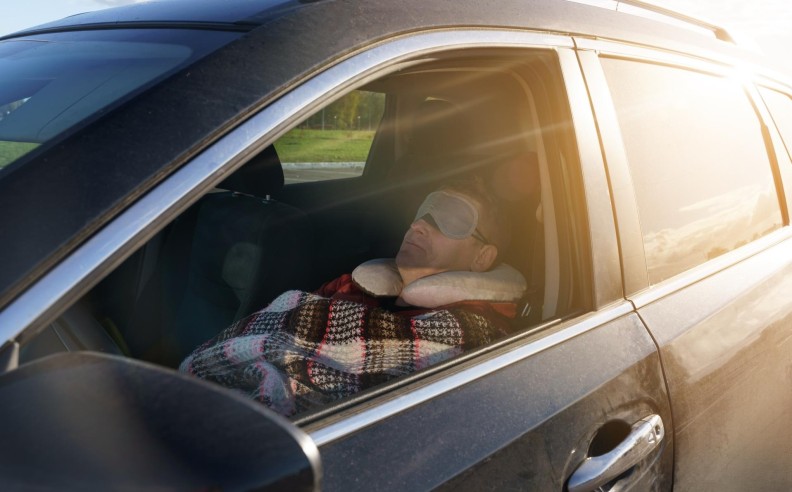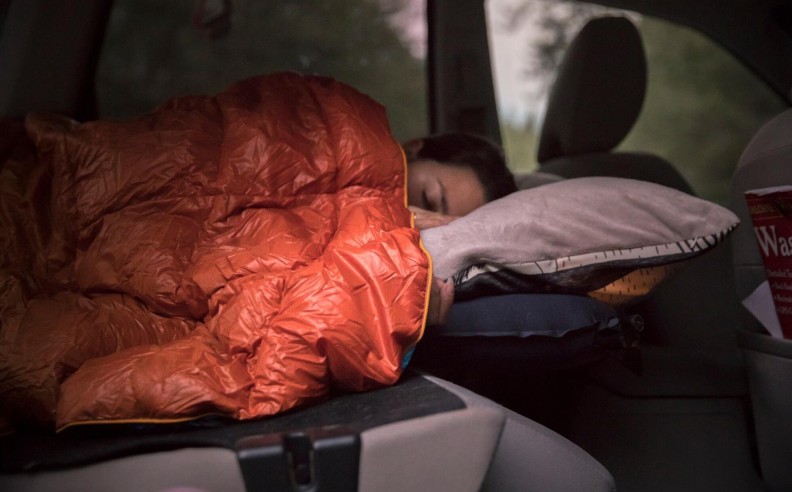
On long drives, it’s normal for passengers to fall asleep, especially when the journey takes hours. The movement of the car, the quiet environment, and the natural tiredness of travel often make it easy to doze off. But while sleeping in a moving car might feel relaxing, there are serious safety concerns you should be aware of.

Lying across the backseat without a seatbelt is one of the most dangerous ways to sleep in a moving car. If the vehicle stops suddenly or crashes, your body can be thrown around the cabin, leading to serious injuries. Seatbelts are designed for upright sitting positions, so when you lie down, they can’t protect you properly.

Even if you stay buckled up, reclining your seat too much weakens the seatbelt’s protection. In a crash, you may slide under the belt, leading to injuries like a broken pelvis or internal damage. The safest position is sitting upright with the seatbelt snug against your chest and hips, not loose across your stomach.

Children need proper child seats or booster seats depending on their age, height, and weight. Letting a child sleep while lying down or without a seatbelt can put them at extreme risk. A sudden stop can turn a nap into a serious emergency. Always secure children properly, even if they’re sleeping.

If you must sleep during a road trip, make sure to stay in an upright position with your seatbelt properly fastened. Use a travel pillow to support your neck and avoid leaning toward the dashboard or windows. Keep your feet on the floor and your back against the seat to ensure maximum protection.

Started my career in Automotive Journalism in 2015. Even though I'm a pharmacist, hanging around cars all the time has created a passion for the automotive industry since day 1.

